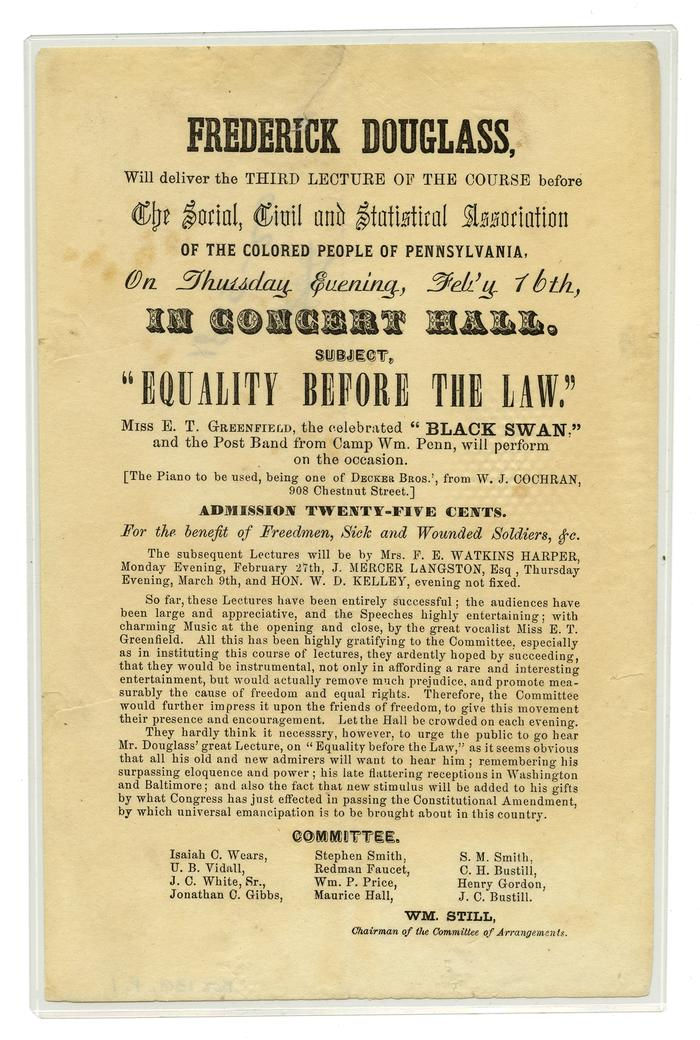Connecting Collections: From Russia With Love
- jbarrett479
- May 10, 2024
- 2 min read
By Liam Reilly

During the rise of the Transportation Revolution in the 1830s and 1840s, Russia sought to improve its infrastructure by scouting experienced machinists and engineers across the United States of America and Europe. One such talent was Philadelphian Andrew Eastwick. This new collection tells the story of his years-long time in Russia through both his professional career and the genealogy and events of his family.
Andrew McCalla Eastwick (1810-1879) trained as a machinist under Phillip Garrett, and operated Garrett, Eastwick, & Co. The image above depicts the Gowan and Marx engine the firm developed in 1839, about the same time Garrett retired and Joseph Harrison became a full partner. The locomotives that the firm produced established Eastwick and Harrison’s reputation as innovators; a committee from the Franklin Institute reviewed their advances and the American Railroad Journal and Mechanics Magazine published the report. This publicity helped to bring Eastwick and Harrison to the attention of Tsar Nicholas I.
The Eastwick Family Letters are a series of 117 written letters throughout 1844-49 between Andrew and various members of his immediate family, including his wife Lydia James Eastwick. For over a century, the letters were read aloud at family events and passed down by members of the Eastwick family. This practice continued until 1975, when researcher David Knapp purchased them and began a multi-year research project to transcribe and properly contextualize these letters. In 2021, Knapp donated the letters, transcriptions, and additional research to the Historical Society of Pennsylvania. They are now accessible to all those interested in learning about Eastwick and 19th century Russia from an American’s perspective.
These letters largely follow Eastwick’s time in St. Petersburg, managing the Alexandroffsky Head Mechanical Works. The work involved building engines, cars, and later part of the Neva Bridge. This work led to the first commercial railroad between Moscow and St. Petersburg; Czar Nicholas I himself contracted Eastwick and his firm partner Joseph Harrison.
As seen within the letters, the Tsar was quite impressed with the work of the Philadelphia engineers. One particularly significant moment in Eastwick's time in Russia came when Czar Nicholas I visited the factory to check on progress. One particular point of emphasis details the extreme tidiness within the factory and the work of preparation ensuring cleanliness before the Russian leader’s arrival.


These colorful and intimate letters detail an inside look into a variety of emotions and events experienced during Andrew’s works abroad. First apart from his family then joined by his wife and children, the letters detail concerns ranging from family health and schooling updates to the Russian cholera outbreak and the Philadelphia Nativist riots in 1844. The letters even contain direct comparisons between Russia and America regarding class struggle and cultural practices. The collection expands beyond the years in Russia with some documents dating after Andrew’s retirement and his purchasing of Bartram’s Garden for his mansion and detailing his eventual passing in 1879.
Ultimately, these letters show how the history of this important period in American transportation, politics, and culture can be retold through the eyes of a Philadelphia-born man and the network he and his family forged abroad in Europe.



Comments